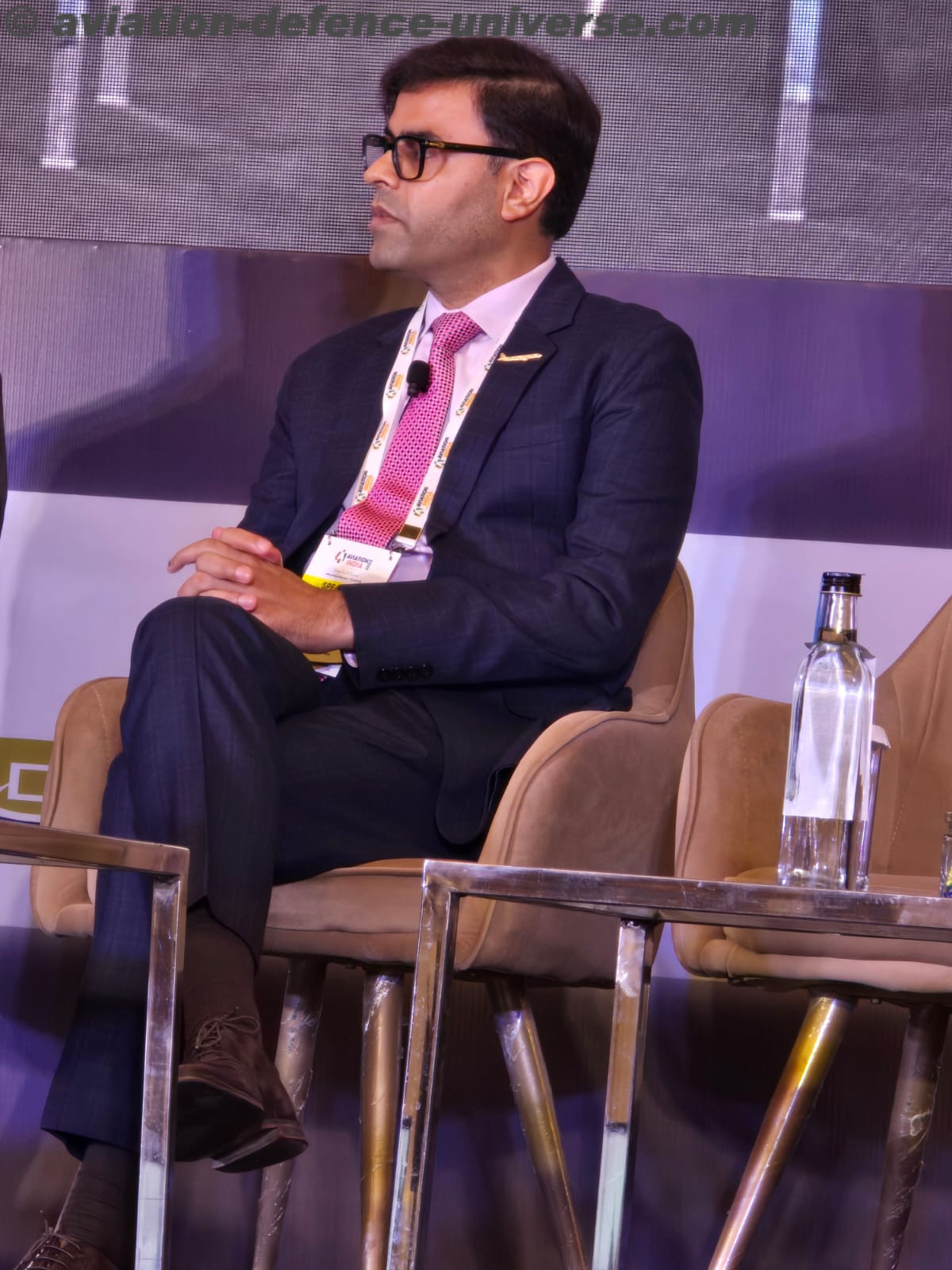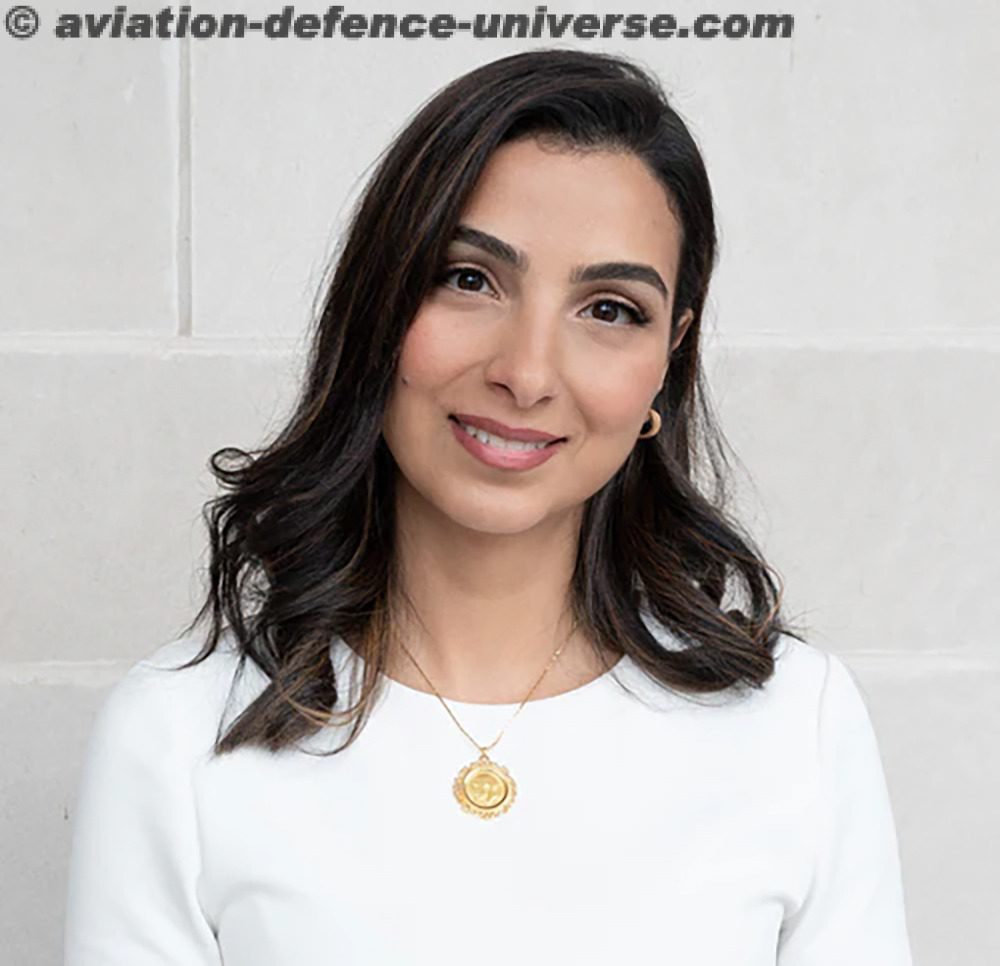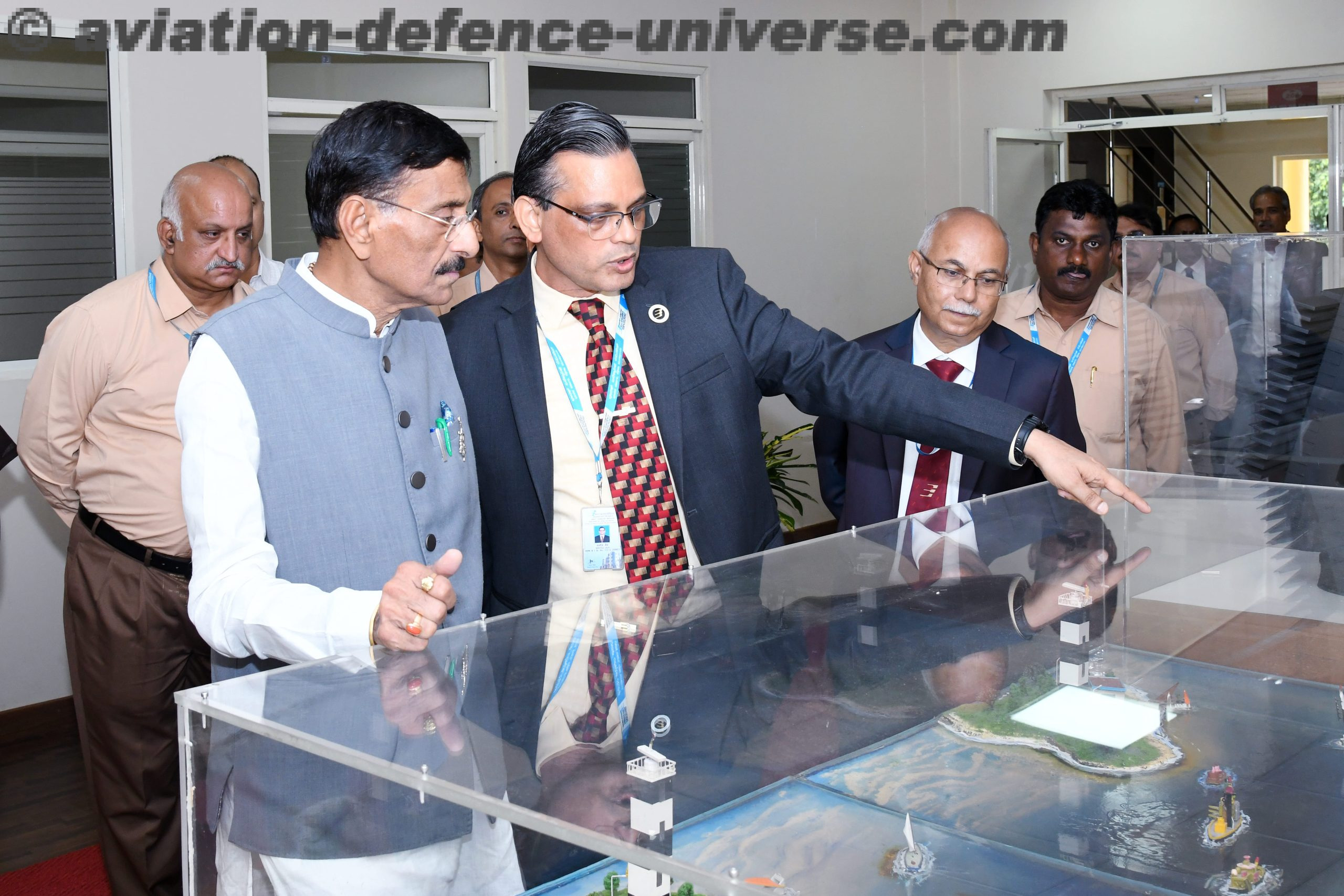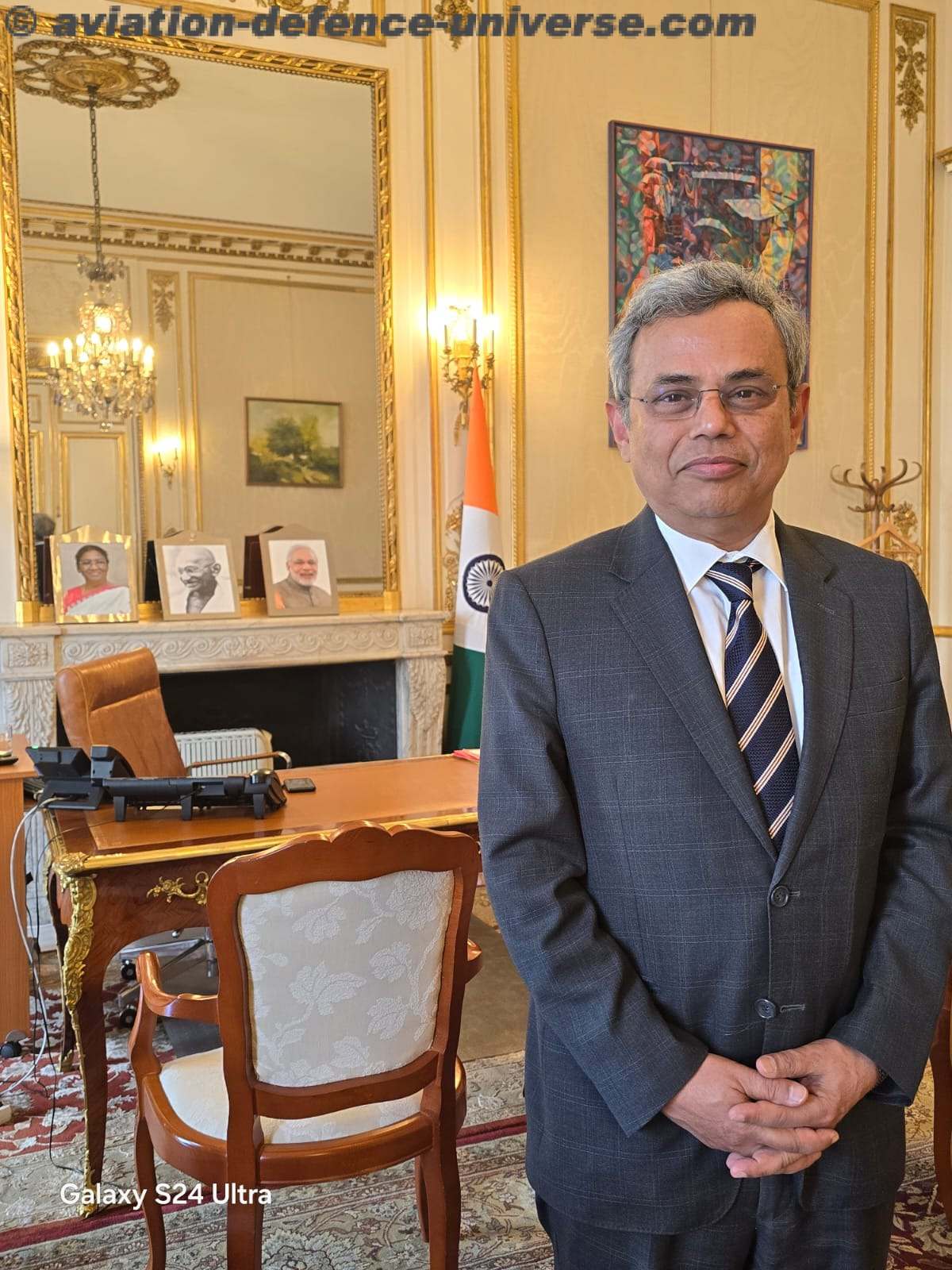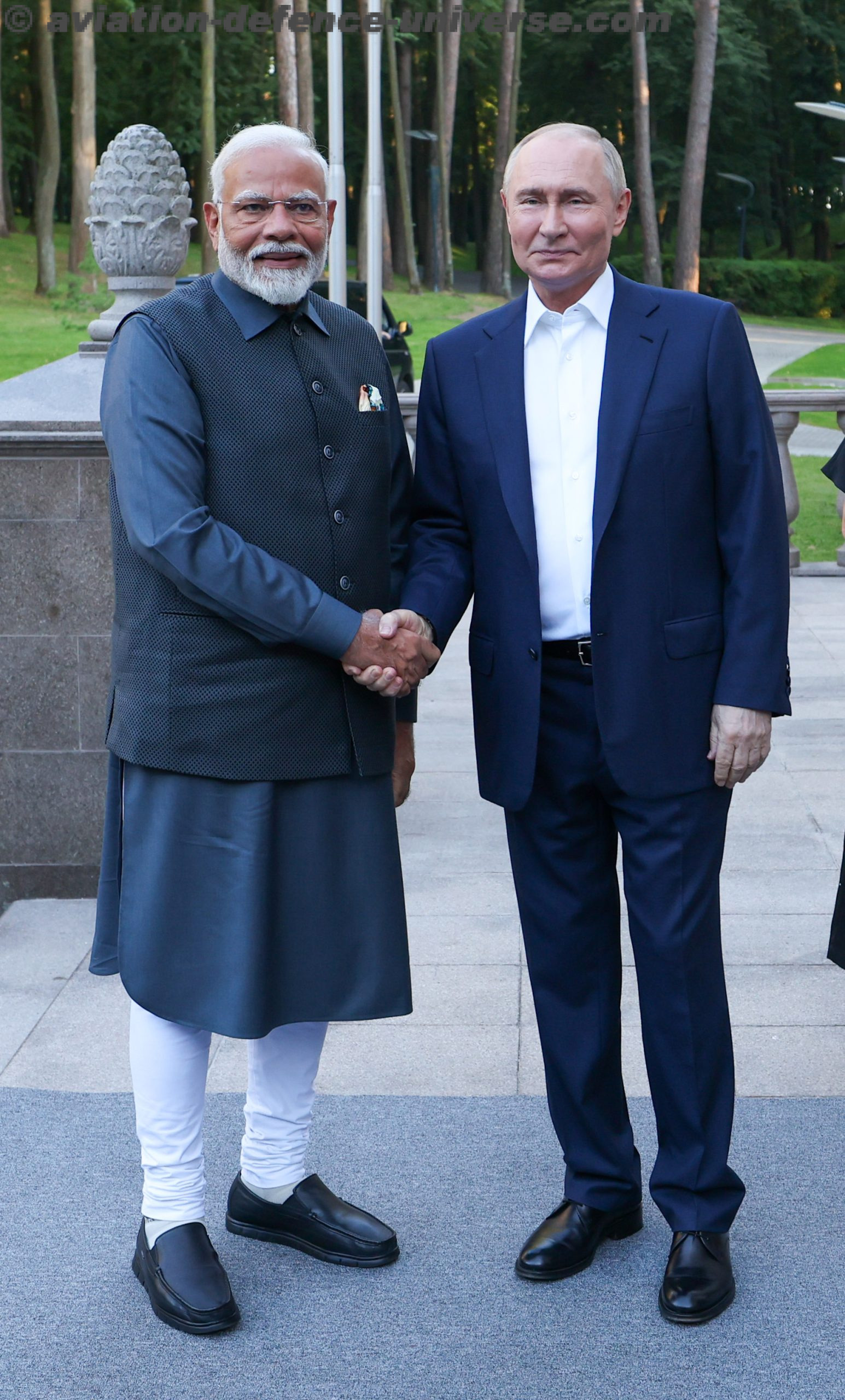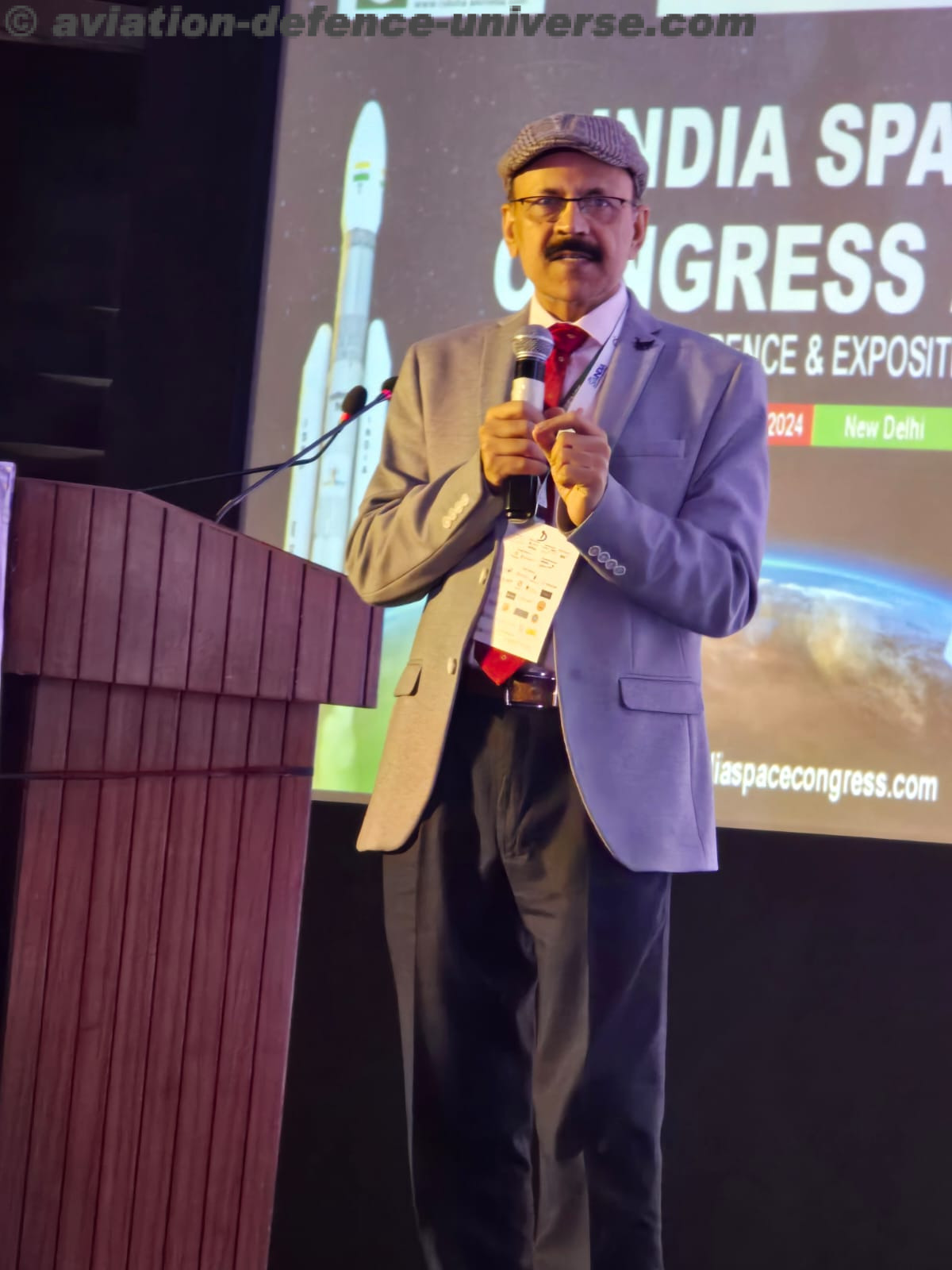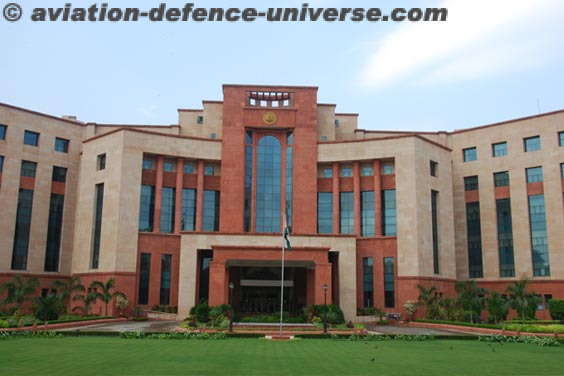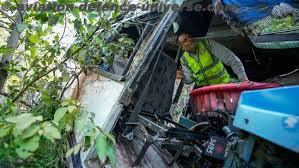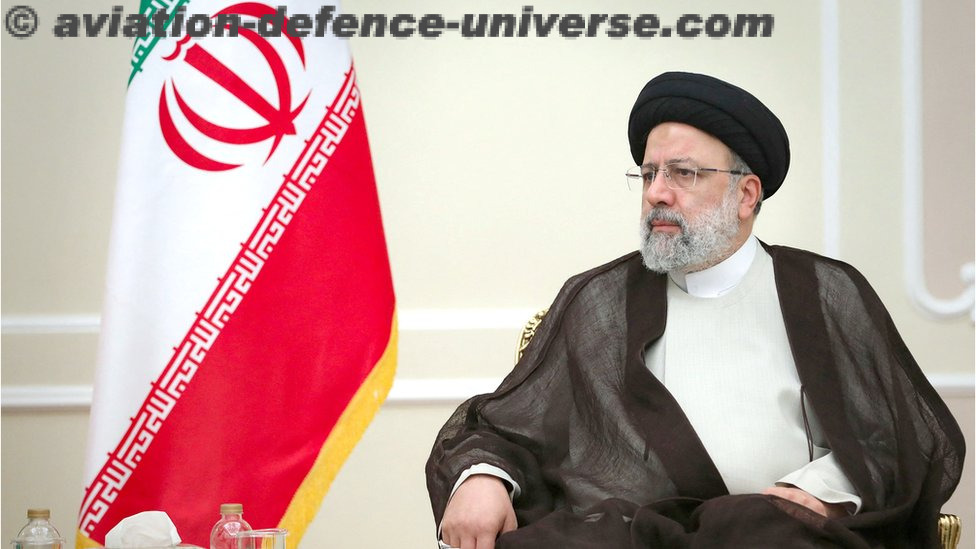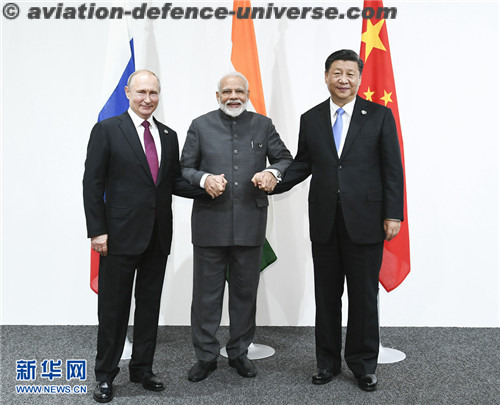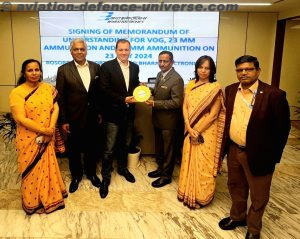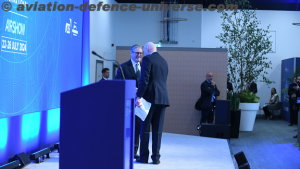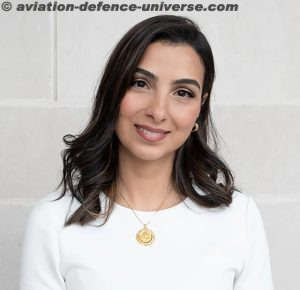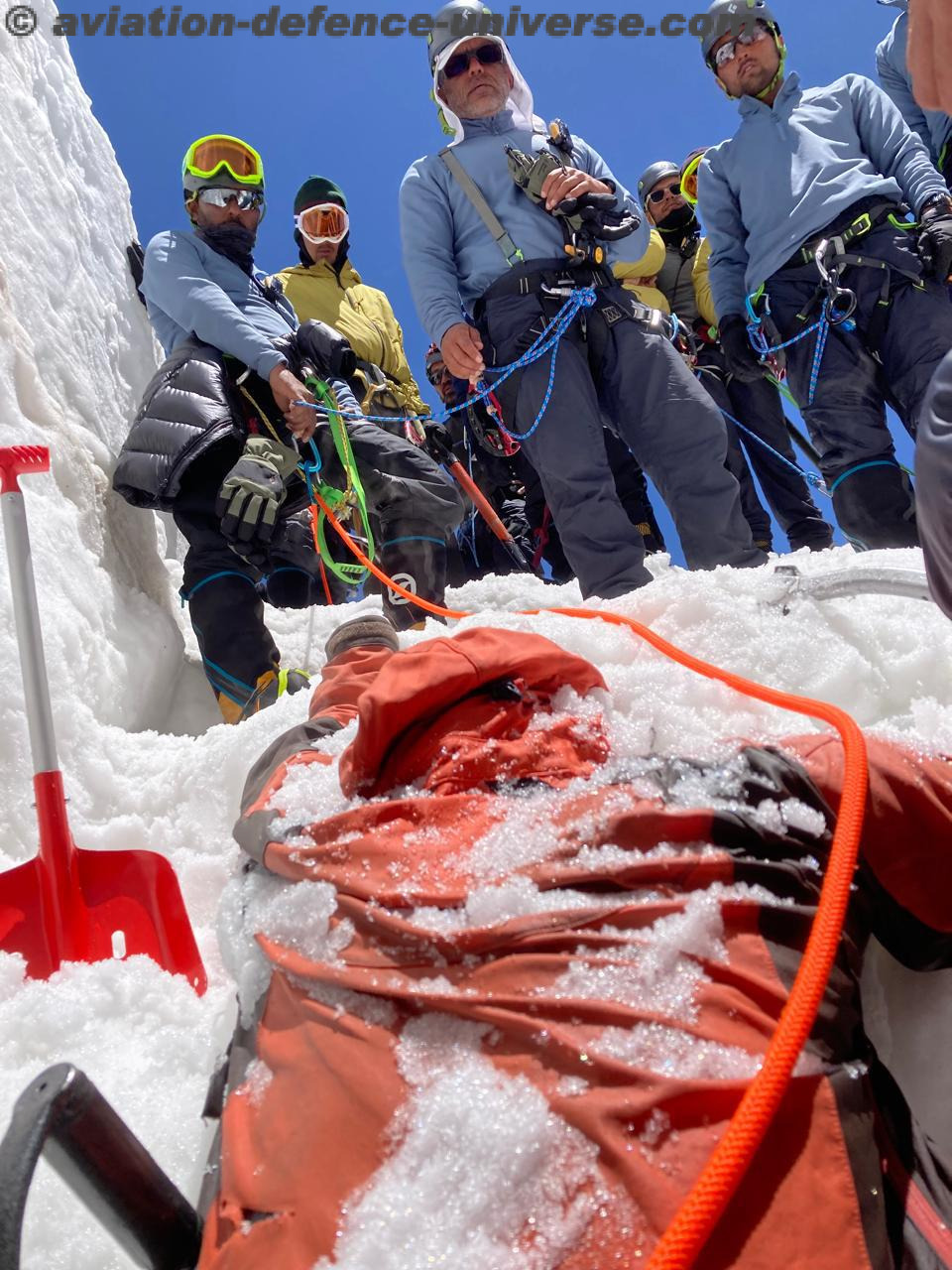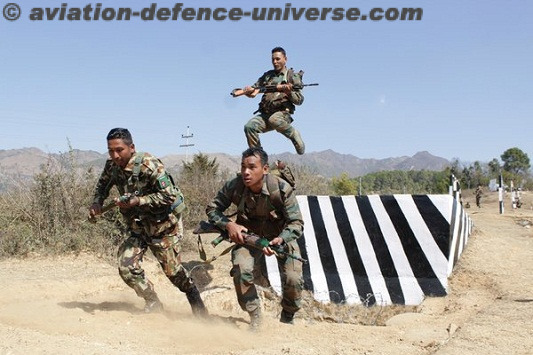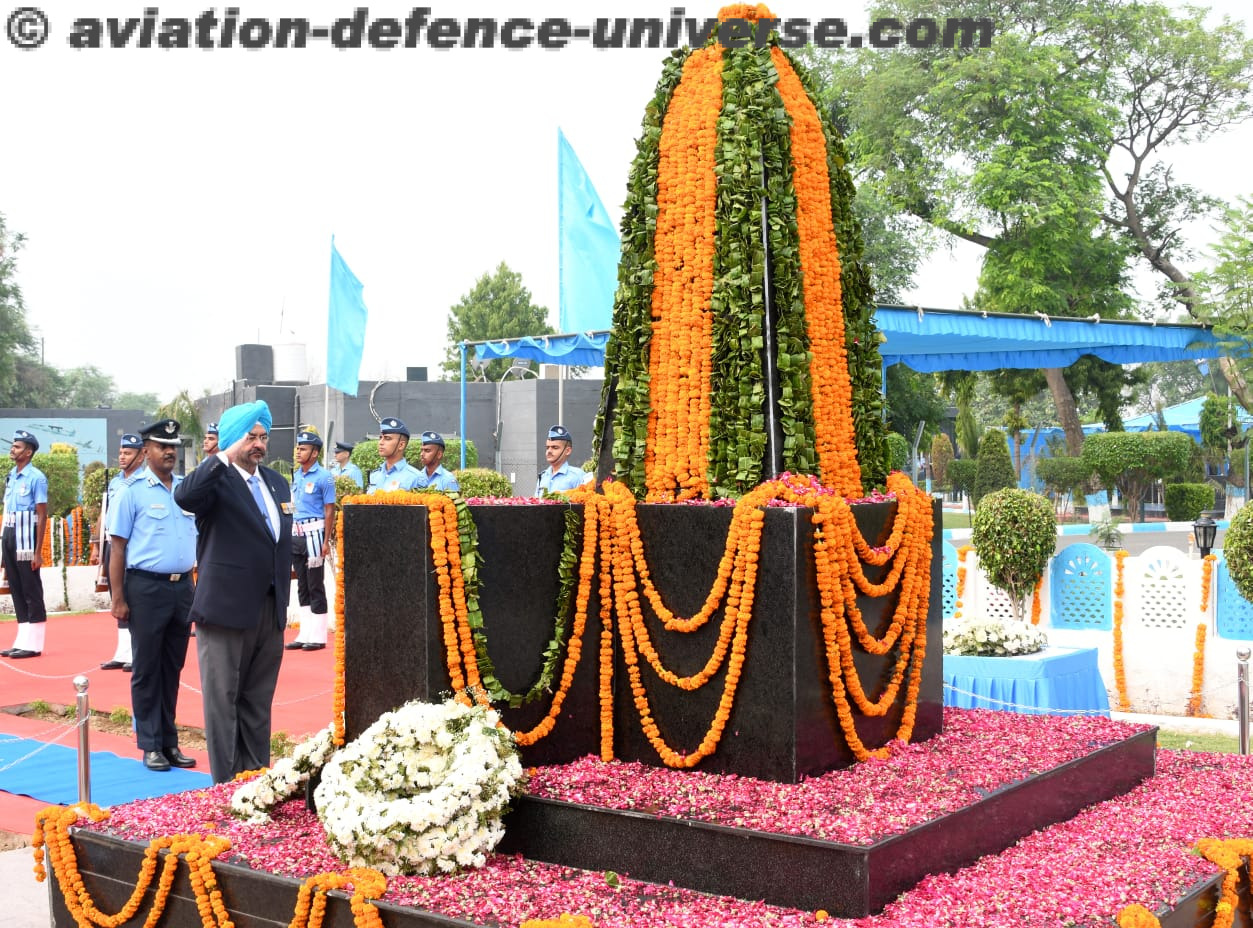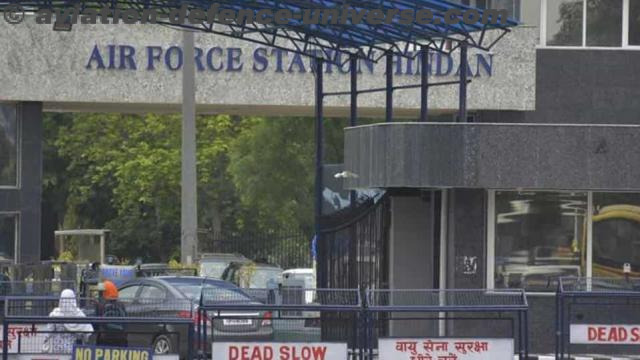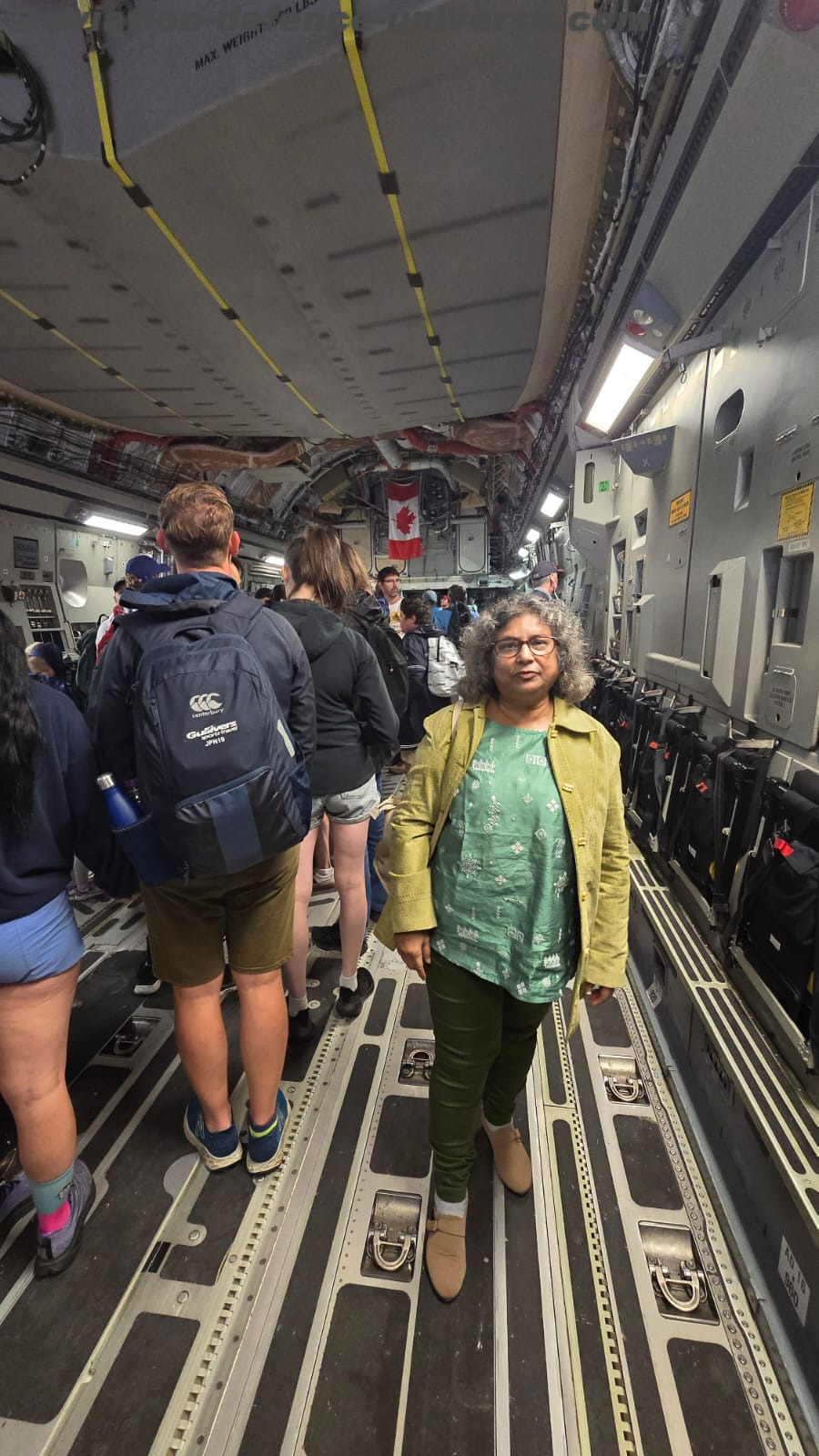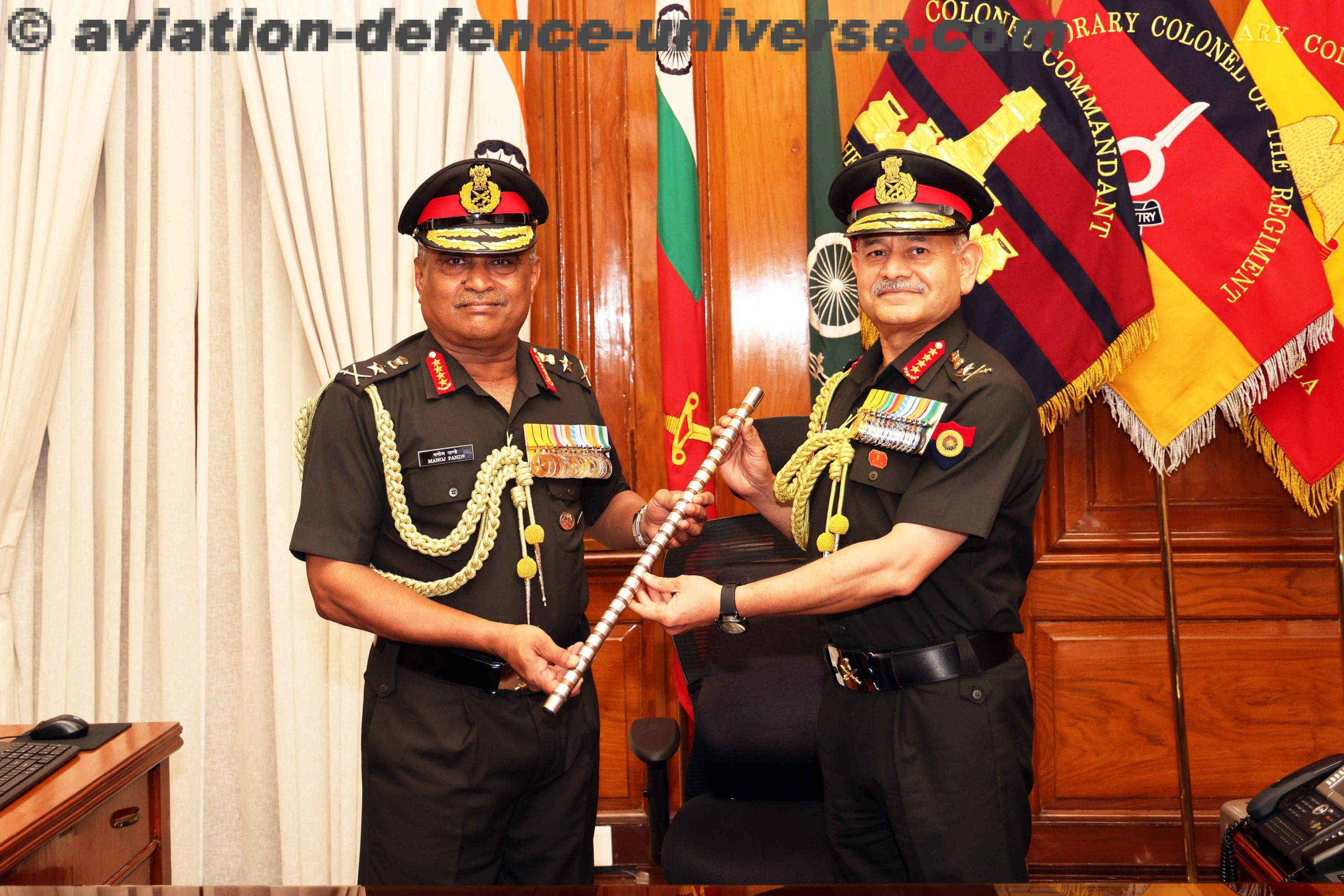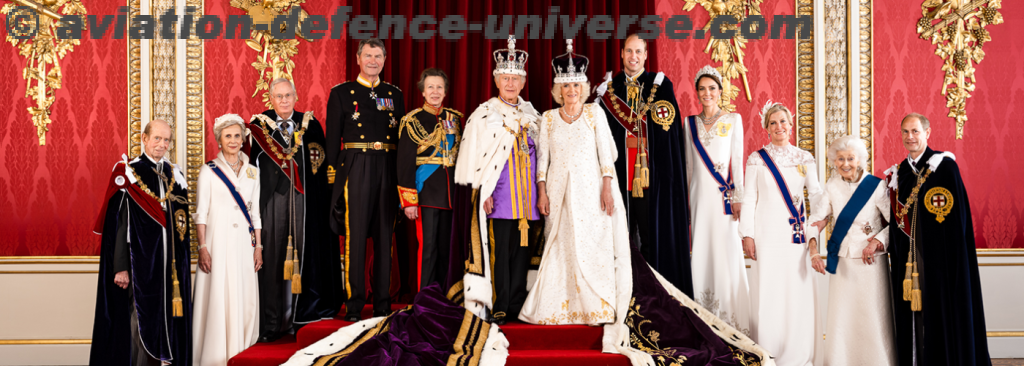
London. 06 May 2023. The coronation of Charles III and his wife, Camilla, as king and queen of the United Kingdom and the other Commonwealth realms, took place on 6 May 2023 at Westminster Abbey. Charles acceded to the throne on 8 September 2022 upon the death of his mother, Elizabeth II.
The ceremony was structured around an Anglican service of Holy Communion. It included Charles taking an oath, being anointed with holy oil, and receiving the coronation regalia, emphasising his spiritual role and secular responsibilities. Representatives of the Church of England and the British royal family declared their allegiance to him, and the people throughout the Commonwealth realms were invited to do so. Camilla was crowned in a shorter and simpler ceremony. After the service, members of the royal family travelled to Buckingham Palace in a state procession and appeared on the palace’s rear and front balconies. The service was altered from past British coronations to represent multiple faiths, cultures, and communities across the United Kingdom, and was shorter than Elizabeth II’s coronation in 1953.
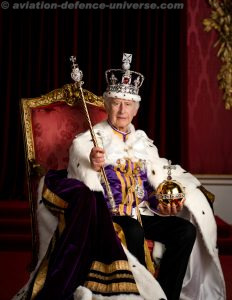
The coronation elicited both celebrations and protests in the United Kingdom and the other Commonwealth realms. Celebrations in the United Kingdom included street parties, volunteering, special commemorative church services, and a concert at Windsor Castle on 7 May. The coronation was watched by a peak television audience of 20.4 million in the United Kingdom. Surveys carried out in April 2023 suggested that the British public was ambivalent toward the event and its funding; the events in London and Windsor drew large crowds, but were also protested against by republican groups. There were 52 protestors who were arrested on charges of offences related to protesting, drawing criticism from Human Rights Watch. Realms including Antigua and Barbuda, Australia, Canada, New Zealand, Papua New Guinea, and Solomon Islands also held celebrations. However, certain groups within the Commonwealth realms used the event to voice republican sentiments and to highlight the effects of British colonialism.
Charles and Camilla’s coronation was the first of a British monarch in the 21st century and the 40th to be held at Westminster Abbey since the coronation of William the Conqueror in 1066.
Charles III became king immediately upon the death of his mother, Elizabeth II, at 15:10 BST on Thursday 8 September 2022. He was proclaimed king by the Accession Council of the United Kingdom on Saturday 10 September, which was followed by proclamations in other Commonwealth realms. During Elizabeth’s reign, planning meetings for Charles’s coronation, codenamed “Operation Golden Orb”, were held at least once a year, attended by representatives of the government, the Church of England, and Charles’s staff.
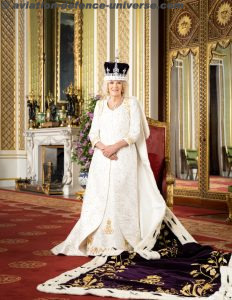
The organisation of the coronation was the responsibility of the earl marshal, Edward Fitzalan-Howard. A committee of privy counsellors arranged the event. On 11 October 2022, the date of the coronation was announced as 6 May 2023, a choice made to ensure sufficient time to mourn the death of Queen Elizabeth II before holding the ceremony.
A Coronation Claims Office was established within the Cabinet Office to handle claims to perform a historic or ceremonial role at the coronation, replacing the Court of Claims. The posts of lord high steward and lord high constable of England, which are now only named for coronations, were given to General Sir Gordon Messenger and Admiral Sir Tony Radakin, respectively.
The coronation was a state event funded by the British government, which also decided the guest list. Approximately 2,200 guests from 203 countries were invited. They included members of the British royal family, representatives from the Church of England and other British faith communities, prominent politicians from the United Kingdom and the Commonwealth, and foreign heads of state.
The number of British political attendees was reduced significantly from 1953, when virtually the entire Parliament of the United Kingdom attended. Invitations were extended to 850 community and charity representatives, including 450 British Empire Medal recipients and 400 young people, half of whom were nominated by the British government. Safety regulations at Westminster Abbey restricted the number of guests, as in contrast to earlier coronations no temporary stands were erected in the building.
In addition to the coronation, several dignitaries invited to the event also attended related gatherings hosted by Charles on 5 May in London. Several receptions were hosted by Charles on that day, including one for dignitaries from the Commonwealth realms at Buckingham Palace, and another reception at Marlborough House for all the leaders of the Commonwealth of Nations. In the evening, the King hosted a reception for foreign royalty and other overseas dignitaries at Buckingham Palace, and family members and guests also attended a reception at Oswald’s.
In a break with tradition, Charles’s coronation vestments (ceremonial clothes) were largely reused from previous coronations instead of being newly made. While it is customary for the supertunica and robe royal to be reused, Charles also wore vestments first used by George IV, George V, George VI, and Elizabeth II. Camilla similarly reused vestments, including Elizabeth II’s robe of state, but also wore a new robe of estate featuring her cypher, bees, a beetle, and various plants and flowers. She also wore a new coronation gown, created by Bruce Oldfield and embroidered with wildflowers, the United Kingdom’s floral emblems, her cypher, a pair of dogs, and her grandchildren’s names.
As a state event, the event was paid for by the British government as well as Buckingham Palace through the Sovereign Grant and Privy Purse. The Department for Digital, Culture, Media and Sport (DCMS) stated that it was “unable to give costs, or a breakdown of funding” until after the coronation, but unofficial estimates of £50 million to £250 million have been reported.
The cost of the coronation has been criticised in light of the ongoing cost-of-living crisis in the United Kingdom. In comparison, Elizabeth II’s coronation cost £912,000 in 1953, equating to £20.5m in May 2023, while George VI’s cost £454,000 in 1937, equating to £24.8m in May 2023. George VI’s coronation prior to the coronation of Charles III and Camilla was the most expensive in the last 300 years.
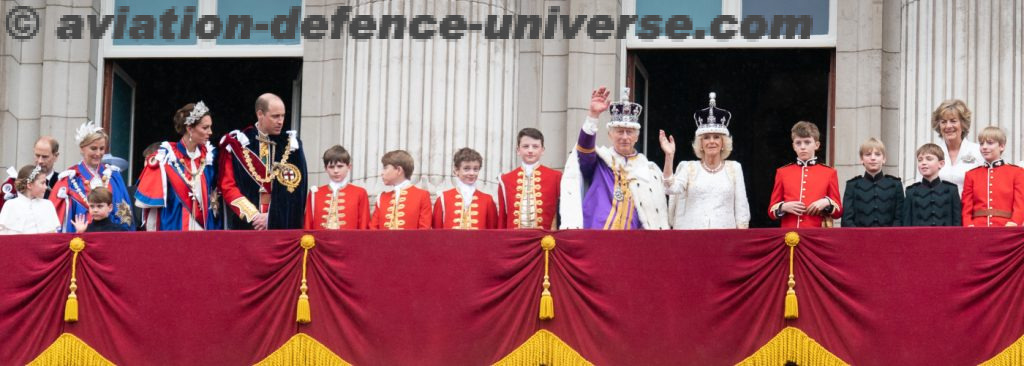 The events of the coronation day included a procession from Buckingham Palace to Westminster Abbey, the coronation service itself, a procession back to Buckingham Palace, and an appearance by the King and Queen, with other members of the royal family, on the palace balcony for a flypast by the Royal Air Force.
The events of the coronation day included a procession from Buckingham Palace to Westminster Abbey, the coronation service itself, a procession back to Buckingham Palace, and an appearance by the King and Queen, with other members of the royal family, on the palace balcony for a flypast by the Royal Air Force.
The second procession followed the same route as the first, but in reverse and on a larger scale. The King and Queen were carried in the Gold State Coach, drawn by eight Windsor Grey horses, with other members of the royal family in other vehicles.
The armed forces of the United Kingdom, the Commonwealth, and the British Overseas Territories played a significant part. Over 5,000 members of the British Armed Forces and 400 Armed Forces personnel from at least 35 other Commonwealth countries were part of the two processions, and 1,000 lined the route. The Sovereign’s Bodyguard, the Royal Canadian Mounted Police, and Royal Watermen also took part in the procession, and the Royal British Legion formed a Guard of Honour of 100 Standard Bearers in Parliament Square. The Princess Royal and the Commander of the Household Cavalry served as the Gold Stick-in-Waiting and Silver Stick-in-Waiting, respectively.
At Buckingham Palace, the King and Queen stood on the rear balcony and received a royal salute and three cheers from the armed forces, who were massed in the palace garden, then joined other members of the royal family on the front balcony to review a flypast by helicopters and the Red Arrows aerobatic team. A six-minute flypast of 68 aircraft was planned, but prevented by rain and low cloud.
A grandstand was built in front of Buckingham Palace from which to watch the procession and flypast, with 3,800 seats offered to Armed Forces veterans, NHS and social care workers, and representatives of charities with links to the King and Queen. In addition, 354 uniformed cadet forces viewed the procession at Admiralty Arch.





